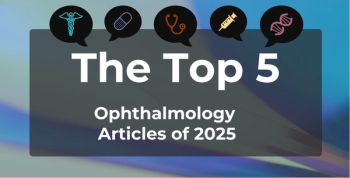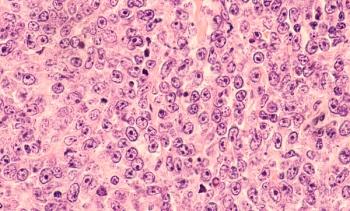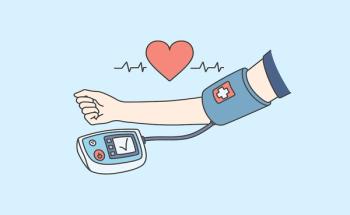
Optimizing Emergency Care Processes Improves Outcomes for Hospitalized Patients With HE
Patients with hepatic encephalopathy (HE) often do not seek care until they are in critical condition, making an optimized emergency care process critical to reduce adverse prognosis and improve clinical symptoms.
Patients with hepatic encephalopathy (HE) who receive an optimized emergency nursing process upon hospital admission have a reduced adverse prognosis, shorter emergency time, and improved clinical symptoms, according to a study
HE is the loss of brain function due to chronic, severe liver disease, which occurs when a damaged liver cannot remove toxins from the blood. Proper emergency care for patients with HE can improve their prognosis and their quality of life, the authors wrote.
“Because [HE] often starts insidiously, most patients do not seek treatment until the late stage of the disease, when they are mostly in critical condition with complex changes, and if emergency care is not timely or inappropriate, it may affect the quality of life of patients in the later stages, and in serious cases, it may be life-threatening,” they explained.
While standardized emergency procedures are crucial when treating HE, the lack of a unified process has resulted in delays in resuscitation time, the authors added. In their study, they compared outcomes for patients with HE given conventional nursing emergency procedures with those given optimized nursing emergency procedures.
A total of 66 patients admitted to the Xiangya Second Hospital in China between May 2020 and February 2022 were included in the study. Half (33 cases) were in the control group given the convention process and the remaining 34 cases were the observation group given the optimized process.
The control group process included:
- General emergency measures
- When the condition was stabilized, the patient’s vital signs, major symptoms, and physical signs were closely monitored
- Nursing staff reassessed the patient and applied antihepatic encephalopathy drugs, treated the primary disease
The observation group process included:
- The consultation process was optimized with the patient being sent directly to the resuscitation room
- The ambulance process was optimized with a prehospital-in-hospital integrated ambulance
- The patient’s physical condition and vitals were re-evaluated every 10 to 15 minutes
- The emergency department held monthly meetings to summarize issues nursing witnessed and to improve the level of the emergency nursing staff
Compared with patients in the control group, patients who received the optimized process had less time spent on diagnosis, resuscitation, and door to the appropriate care teams. In the control group, there was a success rate of 93.7%: 26 patients were discharged with a cure, 4 patients were discharged with improvement and 2 died as a result of ineffective first aid. In the observation group, the success rate was 100% with no patients dying; 29 patients discharged with cure, and 5 patients discharged with improvement.
The researchers also found that scores related to quality of ambulance technique, humanistic care, resuscitation efficiency, and resuscitation effect were significantly higher for the group receiving optimized care vs the control group (P < .05).
Satisfaction of the families of patients receiving care was also higher in the observation group. In the control group less than half (46.88%) reported being very satisfied with clinical care compared with more than three-fourths (76.47%) in the observation group. Only 5.88% of families in the observation group reported being dissatisfied with nursing care compared with 28.13% in the control group. The overall satisfaction rate for the control group was 71.88% compared with 94.12% in the observation group.
“After optimizing the emergency care process, a standard emergency care process can reduce the unnecessary links, and the patient’s condition can be assessed systematically, comprehensively, and in a timely manner to avoid delaying the emergency time due to multidisciplinary consultation, which can not only improve the success rate of resuscitation but also improve the resuscitation effect,” the authors wrote.
Reference
Wei F, Tan H, He Y, Xin S. Impact of optimizing the emergency care process on the emergency effect and prognosis of patients with hepatic encephalopathy. Emerg Med Int. 2022;2022:4446215. doi:10.1155/2022/4446215
Newsletter
Stay ahead of policy, cost, and value—subscribe to AJMC for expert insights at the intersection of clinical care and health economics.







































